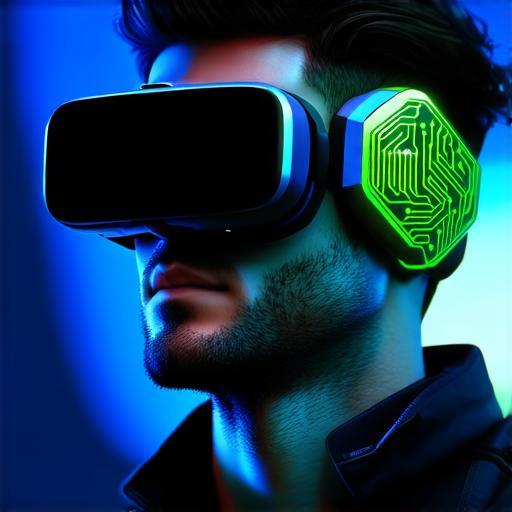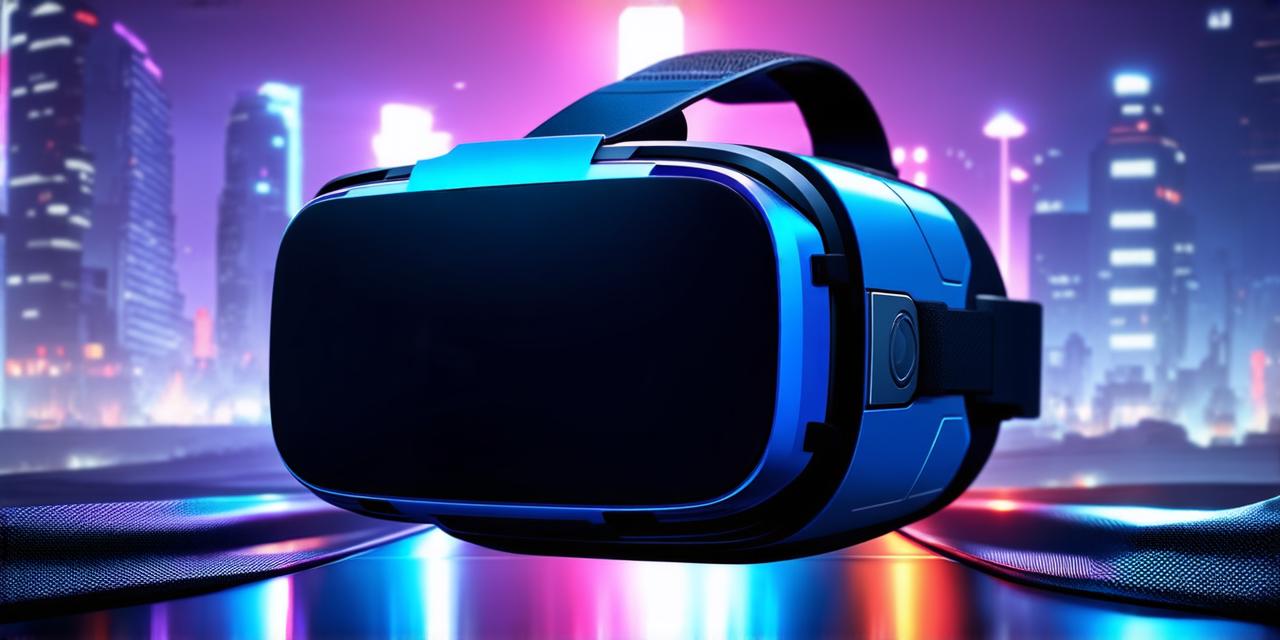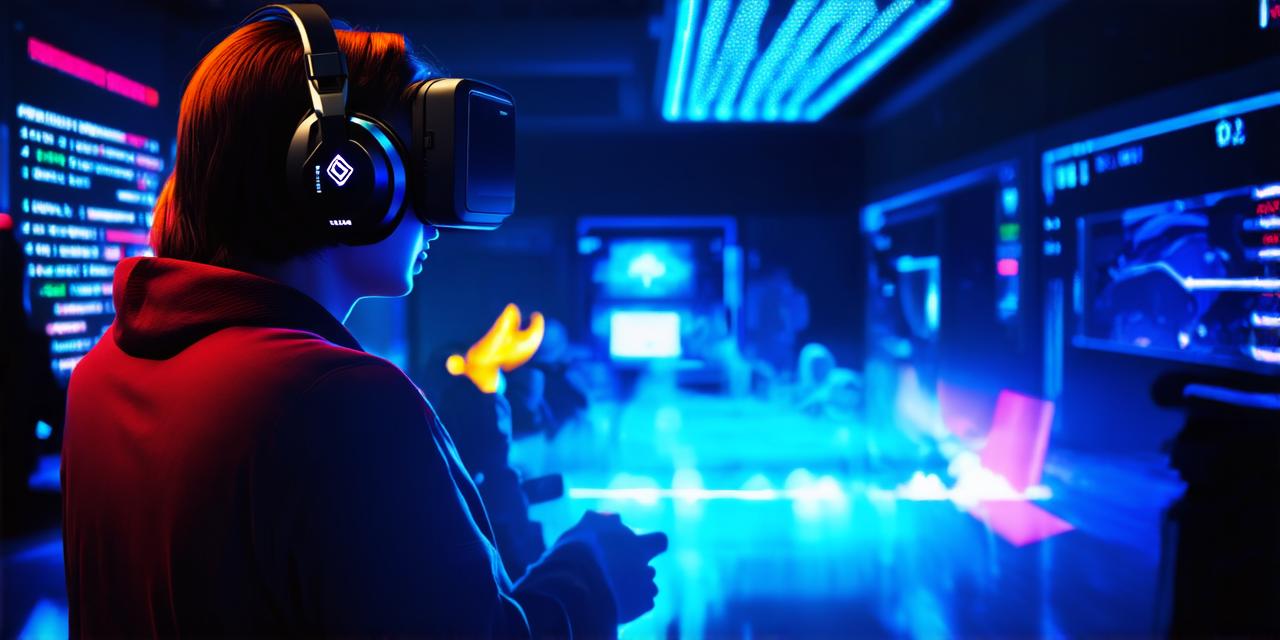What is Virtual Reality (VR)?
Virtual Reality is a technology that creates an immersive 3D environment that can be interacted with and explored as if it were real. It allows users to step into a digital world and experience it in a way that feels like they are really there, even though they may not physically be present in the same location.
Types of Virtual Reality
There are two main types of virtual reality: immersive and non-immersive. Immersive VR is often used for gaming or training purposes and requires special equipment such as a headset or goggles, while non-immersive VR is typically viewed on a computer screen or television.
Key Components of Virtual Reality
There are several key components that make up virtual reality systems:

- Headset or goggles: These devices allow users to see the virtual environment as if it were real, and typically include sensors that track the user’s movements.
- Display device: This is where the virtual environment is displayed, and may be a computer screen or projector.
- Input device: This allows users to interact with the virtual environment, such as a controller or hand-held device.
- Motion tracking sensors: These devices track the user’s movements and adjust the virtual environment accordingly.
- Computer: The computer is used to generate the virtual environment and process the data from the motion tracking sensors.
Advantages of Virtual Reality
Virtual reality offers several advantages over traditional methods of learning or entertainment, including:
- Immersive experience: VR allows users to fully immerse themselves in a digital world, which can be more engaging and effective than reading about it or watching a video.
- Realistic simulations: VR systems can create highly realistic simulations that allow users to practice skills or explore environments without risking physical harm.
- Cost-effective: VR can be less expensive than traditional methods of training, such as hiring live actors or renting equipment.
- Safe and controlled environment: VR allows users to experience situations in a safe and controlled environment, where they can learn from their mistakes without real-world consequences.
- Increased engagement and motivation: VR can be highly engaging and motivating, which can lead to better learning outcomes or increased enjoyment of entertainment content.
Common Uses of Virtual Reality
Virtual reality has a wide range of applications across several industries, including:
- Gaming: VR is often used for gaming, where users can experience immersive and interactive gameplay.
- Training: VR systems are increasingly being used for training purposes, such as medical training or military simulation.
- Education: VR can be used to create virtual field trips, simulations of historical events, or even language learning.
- Entertainment: VR is being used for a wide range of entertainment applications, such as immersive movies or theme park attractions.
- Therapy and rehabilitation: VR can be used for therapy and rehabilitation purposes, such as treating phobias or helping stroke patients regain mobility.
Conclusion
Virtual reality is a rapidly evolving technology with many potential applications across several industries. Whether you’re interested in gaming, training, education, entertainment, or therapy, virtual reality can offer an immersive and engaging experience that may be more effective than traditional methods.



